FORMAT International Photography Festival is one of the biggest photography festivals in the UK. Their 2015 edition, which launched on the 13th March in Derby centred around the theme of ‘evidence’. This year’s FORMAT is bigger than ever with over 200 photographers, guest curators and interactive projects taking place. What’s more, FORMAT15 is becoming even more international, and features a strong Polish presence.
I had a chance to travel to Derby for the launch weekend and was especially looking forward to seeing some contemporary photography from Poland. The vibe at the festival was electric, and I had the chance of bumping into already familiar faces from the world of photography. A variety of shows were spread across the city, and works were installed in a variety of venues including traditional galleries, a local university, and even an abandoned school. I was particularly excited to see the Polish projects and was not disappointed in the slightest. I had a pleasure of meeting all the artists in person, thus finding out even more about their work.

Sputnik Photos, exhibition view: ‘Hunter’ at the Derby Museum and Art Gallery in Derby, FORMAT International Photography Festival 2015, photo Michał Łuczak

Sputnik Photos, exhibition view: ‘Hunter’ the Derby Museum and Art Gallery, FORMAT International Photography Festival 2015, photo Michał Łuczak
FORMAT invited the already well-known Sputnik Photos collective to prepare an exhibition responding to this year’s theme. On first sight, their show Hunter appears to resemble a crime story.
The photographs that make up the story are of different sizes, printed on different materials, framed and hung in different ways. We are able to decipher a large black and white photograph of a human body splayed on the grass, supposedly the lead hunter, as the person is – or at least seems to be – wearing hunting clothes. Among the images, we can see a pig’s head, an X-ray image projected onto a light box, various landscape shots, and a police-like installation of various images connected by colourful threads to a satellite shot placed right in the centre. There are also textual clues encrypted in Hunter – a brief police testimony attempts to point us in the right direction, but does it really?
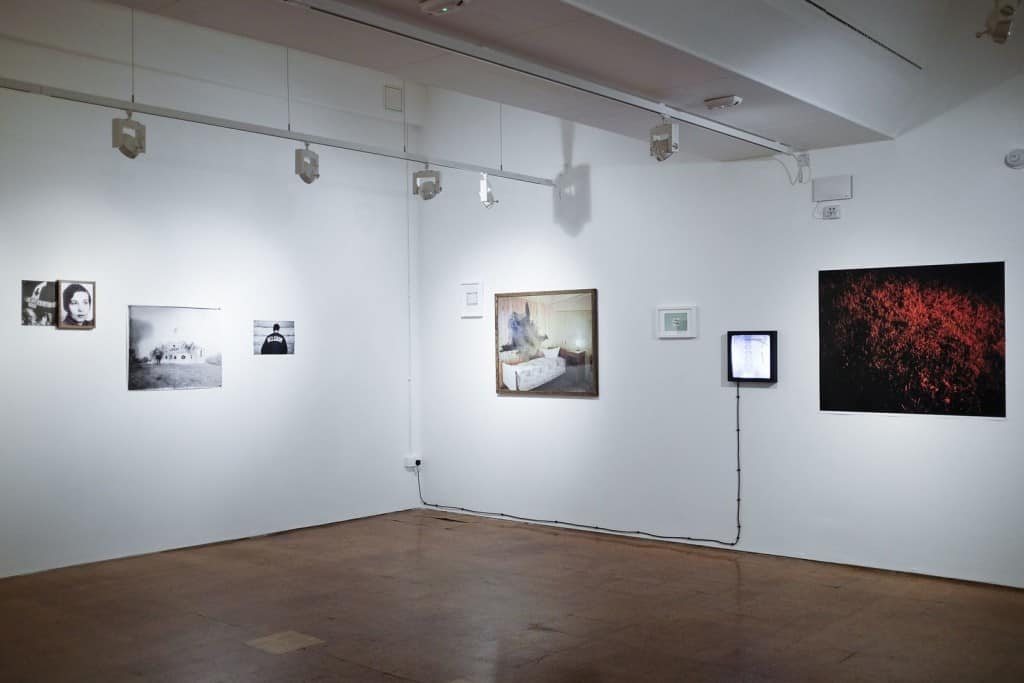
Sputnik Photos, exhibition view: ‘Hunter’ at the Derby Museum and Art Gallery, FORMAT International Photography Festival 2015, photo Michał Łuczak

Sputnik Photos, exhibition view: ‘Hunter’ at the Derby Museum and Art Gallery, FORMAT International Photography Festival 2015, photo Troika Photos
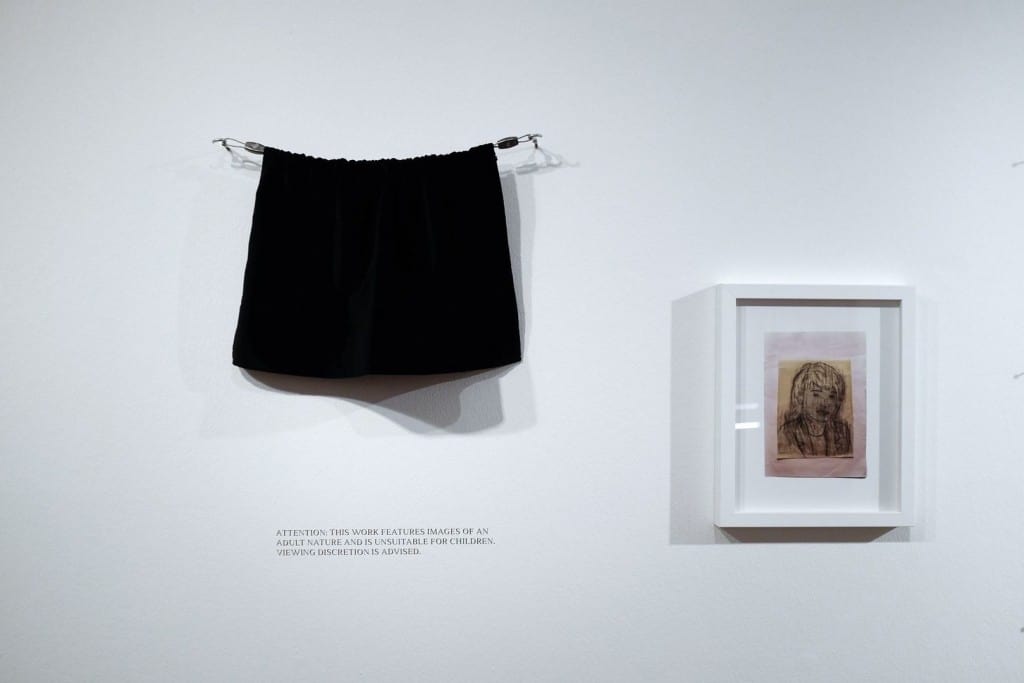
Sputnik Photos, exhibition view: ‘Hunter’ at the Derby Museum and Art Gallery, FORMAT International Photography Festival 2015, photo Michał Łuczak
What’s fascinating about this show is that all the visual and textual clues presented to us along the way invite us to follow this crime story and de-code it if we can. Everything that we can see, however, is completely untrue – at least in the context of the crime story. Hunter is in fact an entirely made up, fabricated crime story assembled by Michał Łuczak, one of the members of Sputnik. Michał extracted all the photographs from Stand By (a group project about Belarus), Distant Place (a group project about Poland’s river Vistula), and the Sputnik Mentorship programme ‘student stories’ to create this entirely new and completely fictional story. Hunter is incredibly playful and deceitful, yet also surprisingly serious – after all, it questions the idea (as old as the photographic medium itself) that photography is objective and can act as evidence.
Another project which drew plenty of attention throughout the festival, thanks to winning the FORMAT Paul Hill Award and the Portfolio Review Special Mention, is Sacred Defence by Wawrzyniec Kolbusz. Sacred Defence, set in the context of the Iraq-Iran war of the 1980s, is a multi-layered project about the production and consumption of war images and the concepts of storytelling (if not to say recording and re-telling history) in the context of war. From what can be gathered at FORMAT, the series consists of Middle Eastern-looking landscapes, interior shots, portraits, and satellite images. Only upon closer inspection do some of the photographs seem suspicious. A cameraman turns out to be a wax figure and satellite images appear to have been tampered with. Thanks to the introductory text we learn that we’re mostly looking at photographs of film sets and war museums, with the exception of the satellite images, which in fact derive from an American satellite imagery company. What’s really interesting – as Wawrzyniec Kolbusz explains – is that both the film sets and the war museums were recreated based on photojournalistic images of that conflict. The audience is therefore left with a chain of war imagery that is constantly being produced, reproduced, and consumed, and is quite often re-interpreted and manipulated in its current form to suit a specific purpose, in this case usually a political one.

Wawrzyniec Kolbusz, Sacred Defense, exhibition view: ‘Sacred Defense’ at the University of Derby in Derby, FORMAT International Photography Festival 2015, photo Wawrzyniec Kolbusz
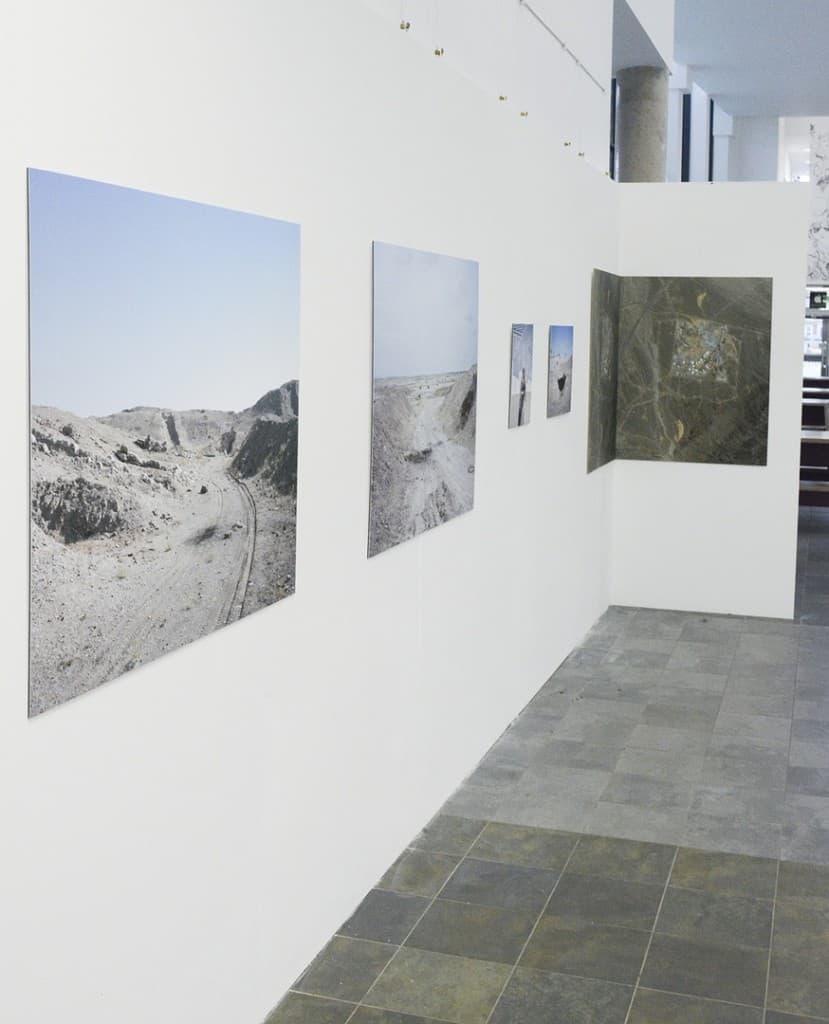
Wawrzyniec Kolbusz, Sacred Defense, exhibition view: ‘Sacred Defense’ at the University of Derby in Derby, FORMAT International Photography Festival 2015, photo Wawrzyniec Kolbusz
In Live View, Artur Urbański – another Polish artist featured at FORMAT15 – examines how we experience and memorise places through photography. The series is a collection of postcard-pretty landscapes showing people – assumingly tourists – taking pictures of famous monuments, sites, and views around the world. We can see someone photographing a glacier in Switzerland, another person taking a picture of a turquoise lagoon in Crete, and somebody else taking a photograph of a waterfall in Albania. All of these individuals have been photographed while photographing, thus surrendering to the centuries-old instinct of recording a fleeting moment of overwhelming beauty. Urbański is asking whether we actually experience the moment by and when recording it? What are we going to remember – the image we have taken or the actual moment of visiting that place? Although Live View is grounded in the contemporary context, it also refers to previous historical visual production related to landscape and its consumption, and especially to one of the main masters of romanticism, Caspar David Friedrich. Funnily enough, Urbański confesses that Live View completes the full circle the moment he looks for travel inspiration in a popular tourist guide ‘1000 Places To Visit Before You Die’.

Artur Urbanski, exhibition view: ‘Live View’ at the University of Derby in Derby, FORMAT International Photography Festival 2015, photo Artur Urbanski
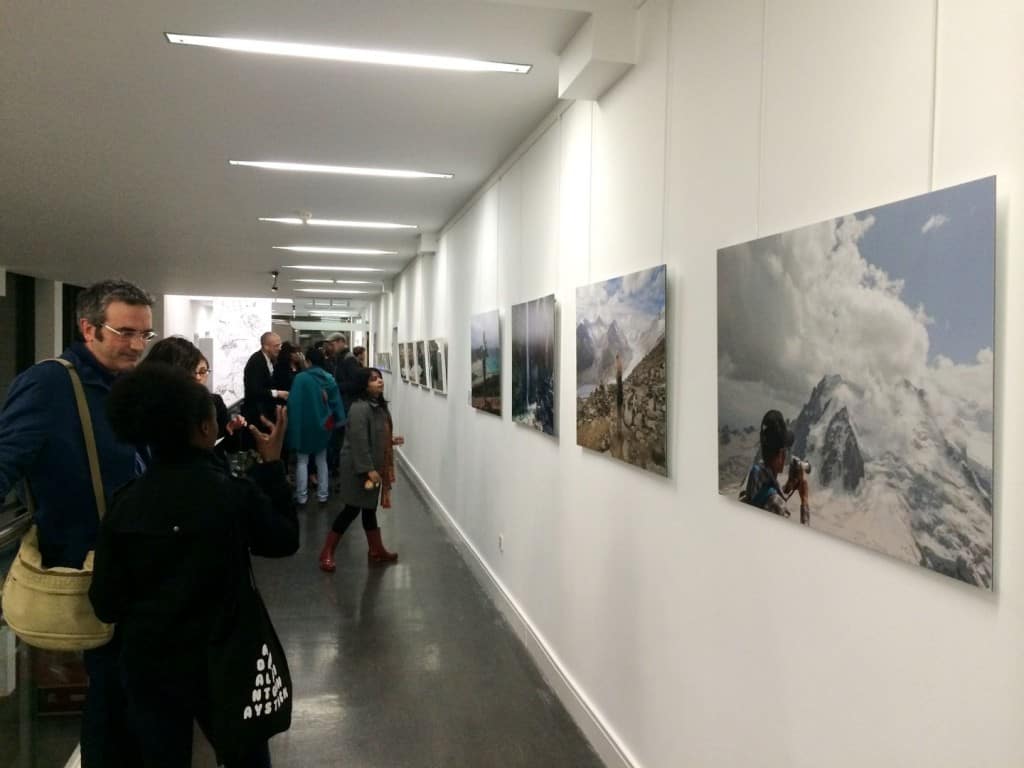
Artur Urbanski, exhibition view: ‘Live View’ at the University of Derby in Derby, FORMAT International Photography Festival 2015, photo Artur Urbanski
Fairytale by Marta Berens is another Polish project that you can see at FORMAT15. At first sight, Fairytale is a dreamy, magic series of works, a visual fairytale. The introductory text quotes Hans Christian Andersen and G. K. Chesterton, telling us that fairytales are often grounded in reality and linked to the past. The photographer has created a fascinating visual narrative using many different tactics to point the audience in the right direction. Berens adopts the character of a child throughout some of the images, thus linking the whole story together. An image of a wolf, for example, seems to refer to Little Red Riding Hood. Marta Berens also clearly utilises archetypal fairytale imagery through a specific use of colour, lighting, and content. The setup of the exhibition aids the construction of the story even more. Here the series appears to be divided into two parts – day and night. Day consists of mostly bright pastel images, whereas night is made up of moody dark photographs, some shot with the cinematic effect of artificial lighting. Thanks to all these visual clues Fairytale transports the viewer into another world, where magic things can happen. What’s fascinating is that Berens clarifies that her Fairytale is in fact a simple, personal story and, as it relates to her personally, it is a document of some sort.
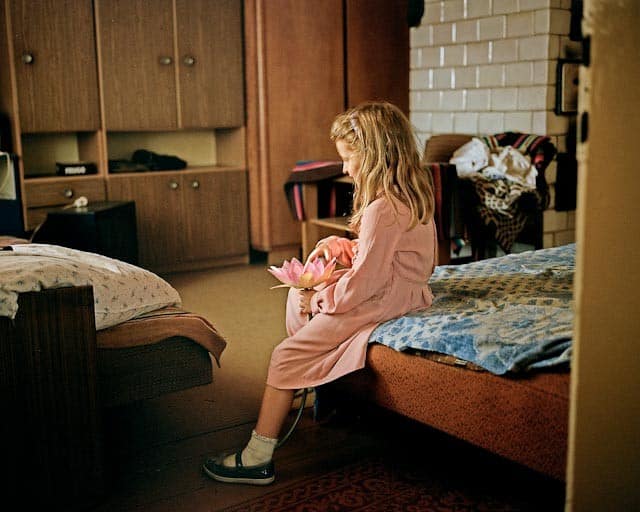
Marta Berens, ‘Fairytale’, extracted from exhibition: ‘Fairytale’ at the Bean Caffé in Derby, FORMAT International Photography Festival 2015
The Polish photographic work exhibited at FORMAT15 is incredibly diverse, and yet all the projects explore the notions of documentation, evidence, context, and story telling, in one way or the other. Interestingly enough, nobody has actually produced a straight documentary – something one could expect given the main theme of the festival. All the Polish authors selected for FORMAT15 have been questioning the ability of the photograph to act as evidence, and as a document, thus reflecting a contemporary trend within photography, especially in the context of documentary work.
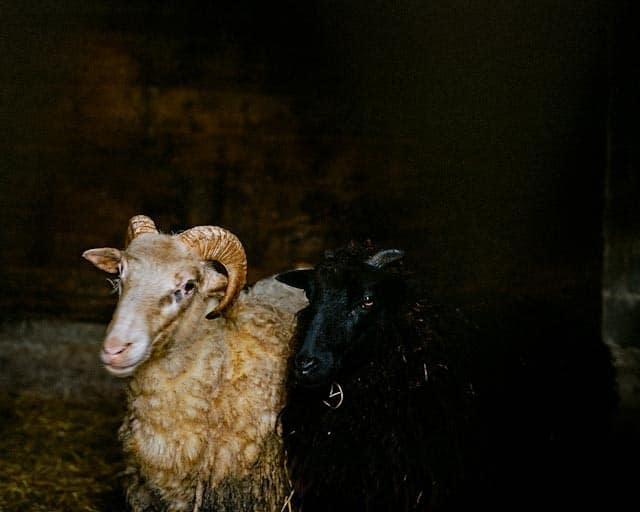
Marta Berens, ‘Fairytale’, extracted from exhibition: ‘Fairytale’ at the Bean Caffé in Derby, FORMAT International Photography Festival 2015

Marta Berens, ‘Fairytale’, extracted from exhibition: ‘Fairytale’ at the Bean Caffé in Derby, FORMAT International Photography Festival 2015
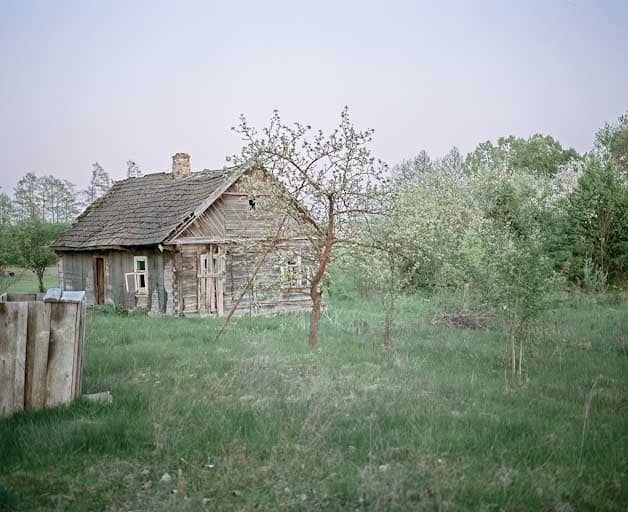
Marta Berens, ‘Fairytale’, extracted from exhibition: ‘Fairytale’ at the Bean Caffé in Derby, FORMAT International Photography Festival 2015

Marta Berens, ‘Fairytale’, extracted from exhibition: ‘Fairytale’ at the Bean Caffé in Derby, FORMAT International Photography Festival 2015
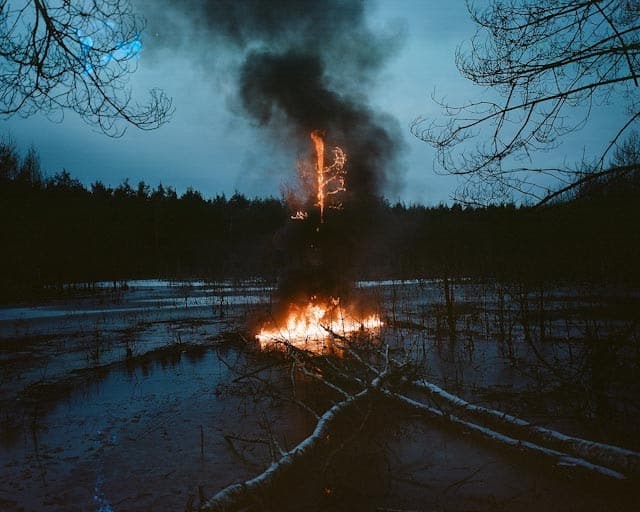
Marta Berens, ‘Fairytale’, extracted from exhibition: ‘Fairytale’ at the Bean Caffé in Derby, FORMAT International Photography Festival 2015
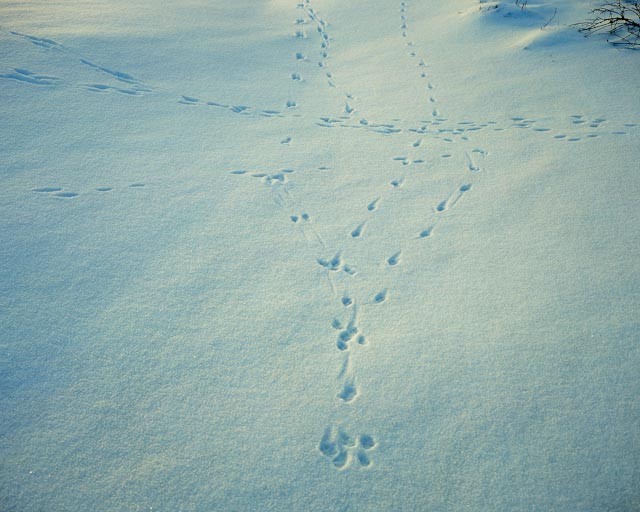
Marta Berens, ‘Fairytale’, extracted from exhibition: ‘Fairytale’ at the Bean Caffé in Derby, FORMAT International Photography Festival 2015







